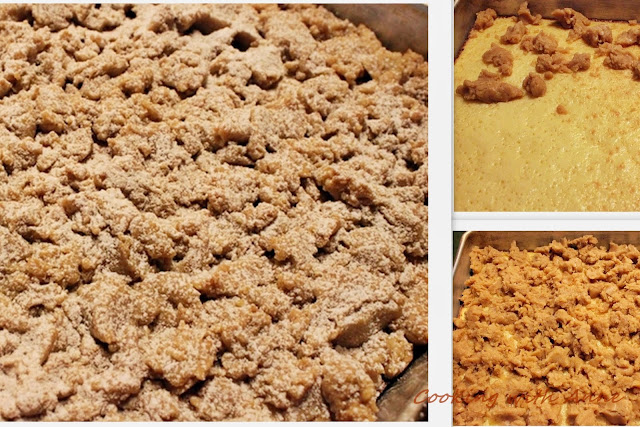If you aren't aware by now that tomatoes are about my absolute favorite food on the planet (and probably off the planet, too) then you don't read this blog often enough. Let's just say, a day without tomatoes is a day without air. I have two cookbooks on-hand that I've been reading through for the past month or so and they have become books that I know I'll be using often.
The first is Tomatoes, Garlic, Basil written by fellow Pennsylvanian, Doug Oster and published by St. Lynn's Press, Pittsburgh. Come on, with a title like that, what's not to love? There's no way I'd walk by this one and not pick it up. These three ingredients are so key in many, many recipes and cuisines and this book delves into all three, but not just in recipes, in terms of growing and caring for all three, as well.
Planting, growing, harvesting and storing are covered for all three plants and the recipes run the gamut from old family favorites like Savory Tomato Sauce with Bacon (there's a must-read story behind that one!) to simple and quickly prepared dishes like the Simple Perfect Tomato Sandwich.
This book is also filled with personal stories and anecdotes that make it really worth the read. Whether you're looking for a recipe or a tip for keeping pests away from your tomatoes, you'll want to get your hands on this book.
The second is simply titled Tomato by Lawrence Davis-Hollander published by Storey. Yep, there's a cookbook I wouldn't pass up in a million years. Think tomatoes are all sauce, salad and salsa? Wrong ... and deliciously so. There are 150 recipes featuring ones from Daniel Boulud, Alice Waters, Rick Bayless and many more world-renowned chefs.
The recipes begin with Sauces & Salsas and end with Desserts - Green Tomato Chocolate Cake, anyone? There are special chapters on Cooking with Heirloom Tomatoes and Preserving the Harvest and if you'd like to know of a Tomato Festival in your neck of the woods, there's a spot for that, too. There are fun tomato facts dotted throughout the book, as well that make it flat out fun to read.
I'm not sure which recipe I want to try first, but I do know that this book will get lots of play in my kitchen. There are recipes in here that I never would have thought of despite my fierce love for tomatoes. Check it out today and be prepared for the harvest this summer!












